Founded in 1923 as the Gersix Motor Company, Kenworth is an American truck manufacturer that is one of the leading brands in the country. Known for its durability, reliability, and ruggedness, it produces heavy-duty trucks in the Class 8 category and medium-duty trucks in Class 5-7 commercial vehicles. Kenworth has been a wholly-owned subsidiary of PACCAR since 1945 along with its fierce competitor Peterbilt Motors.
Before going to the various aspects of the Kenworth DPF filter, let us dive deeper into the Kenworth brand.

Kenworth has made a name for itself in constantly innovating technologically advanced products and has several firsts against its name. It was the first company to launch an aerodynamic body design for heavy-duty trucks as well as a raised-roof sleeper cab making for driver comfort. The Kenworth W900 is still in production today having been launched in 1961, making it the longest-serving truck in automotive history.
Fast forward to 2013 and a milestone was created by the company. It launched the third-generation highly aerodynamic T680 model that replaced the T660 and the T700 wide-body trucks. It also launched the T880 first wide-body truck that took the vocational and RV sectors by storm.
With so many Kenworth truck models on the road, what is it that keeps them going flawlessly while keeping a check on the emission levels from their diesel engines? While there are several systems and components that work towards this goal, one of the key components in this regard is the Kenworth DPF.
This post will go into the various aspects of the Diesel Particulate Filter (DPF) and will be deemed to be a Kenworth Diesel Particulate Filter even if not specifically mentioned so.
Kenworth DPF Filter – Enhancing Your Vehicle’s Performance
It is critical for owners of Kenworth trucks to understand the importance of Kenworth Diesel Particulate Filter, more so as emission standards are stringent in today’s ecosystem. It is a component that traps the soot and particulate matter that is produced during the combustion process. Periodical inspection and cleaning and timely replacement of a Kenworth DPF will prevent pressure on the engine, avoid costly repairs, and ensure that your vehicle runs without any problem at high efficiency levels.

Neglecting this aspect can also lead to substantial fines and penalties for non-compliance with environmental regulations. However, maintaining the Kenworth DPF filter is not only about compliance, it is also about maintaining your vehicle optimally. It is here that our Jaltest Kenworth DPF maintenance software will come in handy to carry out cleaning procedures through force regens, regardless of whether it is for the DPF filter for Kenworth T680 trucks or any other popular models. Take care of the DPF to save your Kenworth trucks from downtime and keep them earning for you on the roads.
Click Here
Kenworth Diesel Particulate Filter Explained
In a nutshell, the Kenworth DPF is an important after-treatment component that traps and stores ash, soot, and other contaminants so that particulate matter emission from diesel engines is reduced. This makes for a cleaner environment and is one of the key reasons why strict laws are in place for permissible emission levels.
While several types of filters are available, the most common is the ceramic cellular honeycomb filter since this material offers a great deal of thermal stability and resistance. The ceramic filter has blocked ends so that when the emission gasses are forced through it, the soot and ash are trapped inside. This system holds good for all models of trucks, ranging from the DPF filter for Kenworth T680 to T440, T370, and so on.

As we know, leaving the soot uncleaned will lead to engine issues, lower performance, and non-compliance with statutory regulations due to higher toxic emission levels. Cleaning Kenworth DPF when passive regens or regeneration is unable to do so is carried out through forced regens with our Jaltest Kenworth maintenance software, an optimized tool for the maintenance of Kenworth trucks.
Soot accumulation or automatic DPF regeneration or cleaning is only possible under certain operating conditions that are related to engine temperature, vehicle speed, exhaust gas temperature, and Vehicle RPM. Passive regens are only possible when the engine temperature is at least 250°C, but for that to happen, the engine must operate at peak performance under all parameters.
Hence, it is not only soot buildup from inactive passive regens that clogs up the Kenworth Diesel Particulate Filter, any mechanical problem otherwise can also lead to this state of the filter too. This is why it is advisable to undertake “full system scans” periodically to check for any fault codes or malfunction to ensure that any minor problem is eliminated immediately before it becomes a major issue that causes the DPF filter to work at below optimal efficiency.
How To Identify Kenworth DPF Filter Blockage
How will you recognize any problems with a Kenworth Diesel Particulate Filter? There are several of them so at the first signs, you can troubleshoot the issue and keep your truck on the road.
Warning lights: Every Kenworth truck has an onboard computer that displays warning lights on its screen whenever soot accumulates in the DPF and needs to be cleared. Fault codes in alpha-numeric format light up on the computer and you have to connect the Jaltest Kenworth software to it to interpret the fault code and initiate corrective action. Our software will guide you through the force regens process to clear the Kenworth DPF till the fault codes are cleared and the warning lights go off.

High fuel consumption: There might be several reasons for increased fuel consumption in Kenworth trucks but one of them is a clogged DPF. This is because the main function of a DPF is to emit the exhaust gasses while retaining the soot particles. The gasses cannot escape when the filter is clogged, thereby leading to a reduction in the power and performance of the diesel engine.
Issues with the turbocharger: When a DPF is clogged, the emission gasses have nowhere to go and start leaking directly from the turbocharger. This leads to more oil leaks thereby decreasing the performance of the truck.
Non-starting engine: Pressure of emission gasses builds up in the DPF and stops the engine from starting until the pressure is lowered. This is a positive aspect as damage to the engine is prevented if otherwise it is forcefully started.
How To Clear A Blocked Kenworth DPF Filter
It is critical for the Kenworth DPF filter to regenerate itself when soot builds up so that its life span is increased and the truck performs optimally. There are three processes for cleaning the Kenworth Diesel Particulate Filter – passive, active, and forced regeneration.
Passive DPF Regeneration: Passive regens take place automatically when the engine temperature is more than 350°C as this temperature can burn away the soot from the DPF. The process takes care of itself and the driver will not notice passive regens occurring in the truck. However, for the temperature to reach this level, the truck must be driven for extended periods at high speeds with the engine rev on high.
Passive regens do not take place in a short time running at low speeds.
Active DPF Regeneration: This process is like passive regens but the only difference is that it is not a continuing procedure and starts only when the soot accumulation in the DPF filter reaches a 45% level. It starts when the pressure sensors in the engine management system trigger the injection of raw fuel into the diesel oxidation catalyst (DOC).
This increases the temperature of the exhaust gasses and creates the required conditions for active regeneration. Here too, the vehicle must be driven at high speeds for long periods to initiate this procedure.
Forced DPF Regeneration: Whether it is Kenworth T440 forced regens, Kenworth T370 forced regens, or any other model, you should use optimized scan tools and diagnostic software to be guided through the forced regens process. Our Jaltest Kenworth diagnostic and maintenance software is optimized for forced regens and will guide you through the procedure.
Forced DPF regeneration or forced regens can be carried out either when the truck is stationary or running at high speeds. The goal is to increase the temperature of the exhaust gasses so that the soot buildup is burned away.

It is advisable to carry out forced regens on a stationary truck rather than a running one. This is because soot accumulation in the Kenworth DPF filter can happen due to several factors. When you connect our Jaltest software to the onboard computer in a Kenworth truck you will know about the cause for the clogged DPF and that must be rectified first before forced regen is initiated. This fault code clearance will not be possible when a truck is moving at high speeds.
When the warning light goes on connect the Jaltest software to the onboard computer and be handheld through the forced regen procedure after entering the model of the truck in the diagnostic menu. The main points that are highlighted in the Kenworth maintenance tool are the rev at which the engine must be run and the time needed for the engine to reach the temperature to set up forced regens.
Typically, for moving trucks, the ideal speed is 70km/h for 10 minutes for forced regens to take place. For stationary trucks, the engine should be run at high rev for about 40 minutes for the accumulated soot to burn off. However, the Kenworth DPF must be cleaned manually when the soot buildup is more than 75%.
Summing Up
The Kenworth DPF filter is a critical component in the smooth and seamless performance of Kenworth trucks and should be kept in optimum condition always. For any fault arising from it, you can depend on our Jaltest Kenworth maintenance tool for guidance on how to clear the filter and prevent downtime.
Further, the software is very user-friendly and unlike other diagnostic tools in this niche, does not require any elaborate configuration or setup process. Simply download the software on your laptop and connect it to the onboard computer for fault analysis and clearance.
You also get three updates to the software every year so that it is always in sync with the technological innovations made to Kenworth trucks.
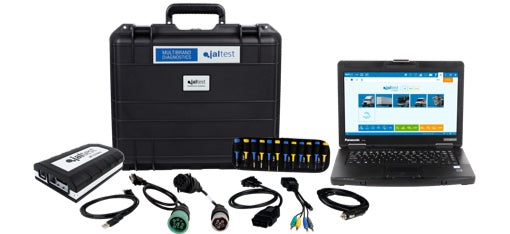
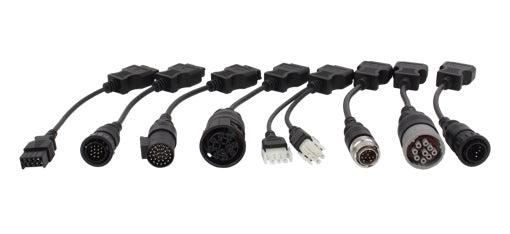



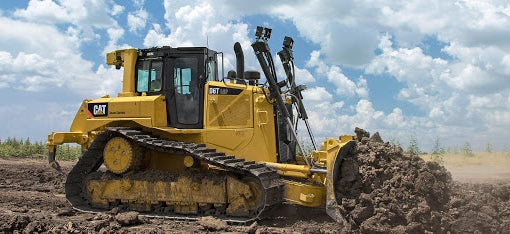
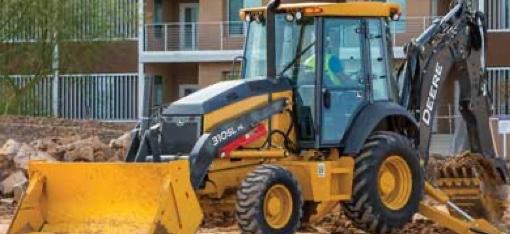
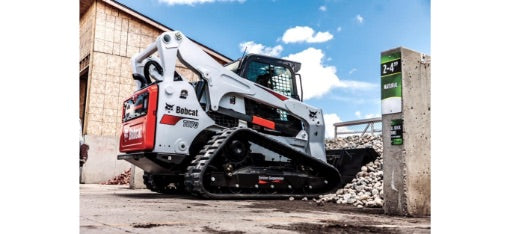
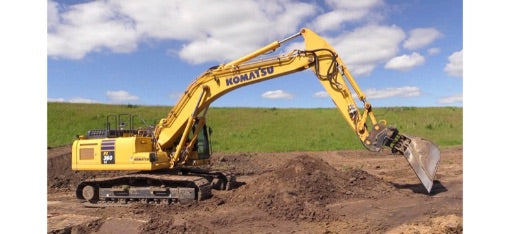
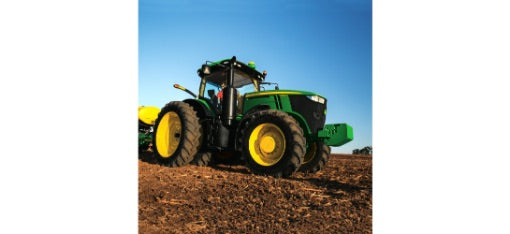
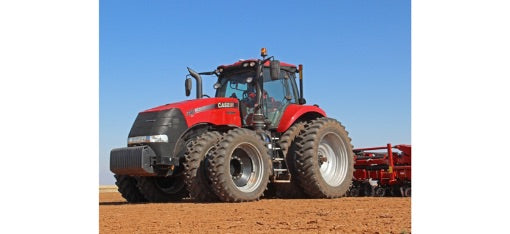
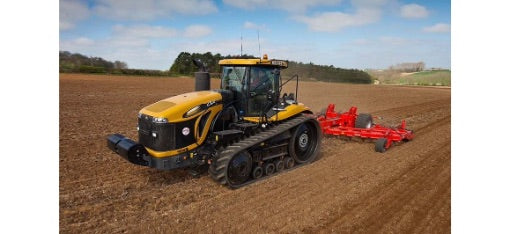
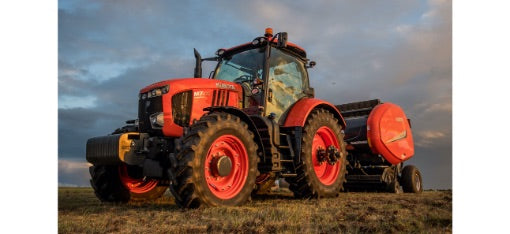
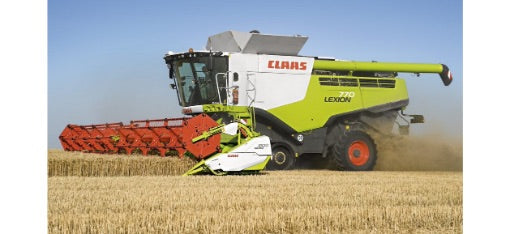
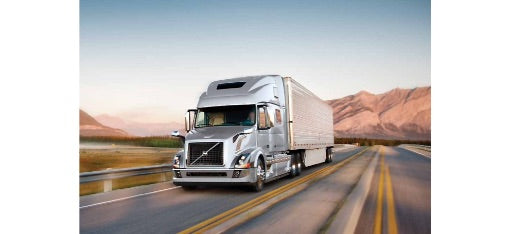
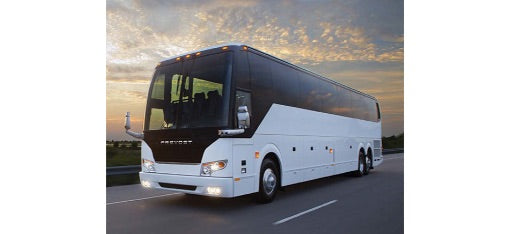
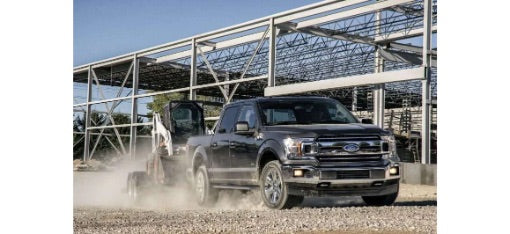



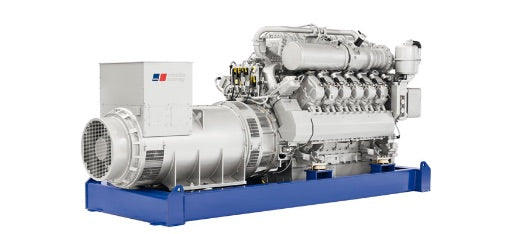
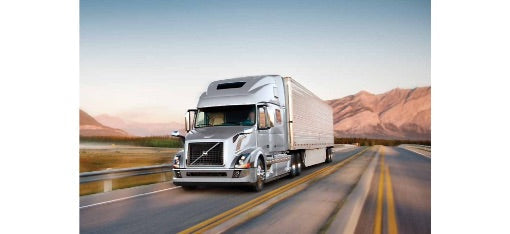
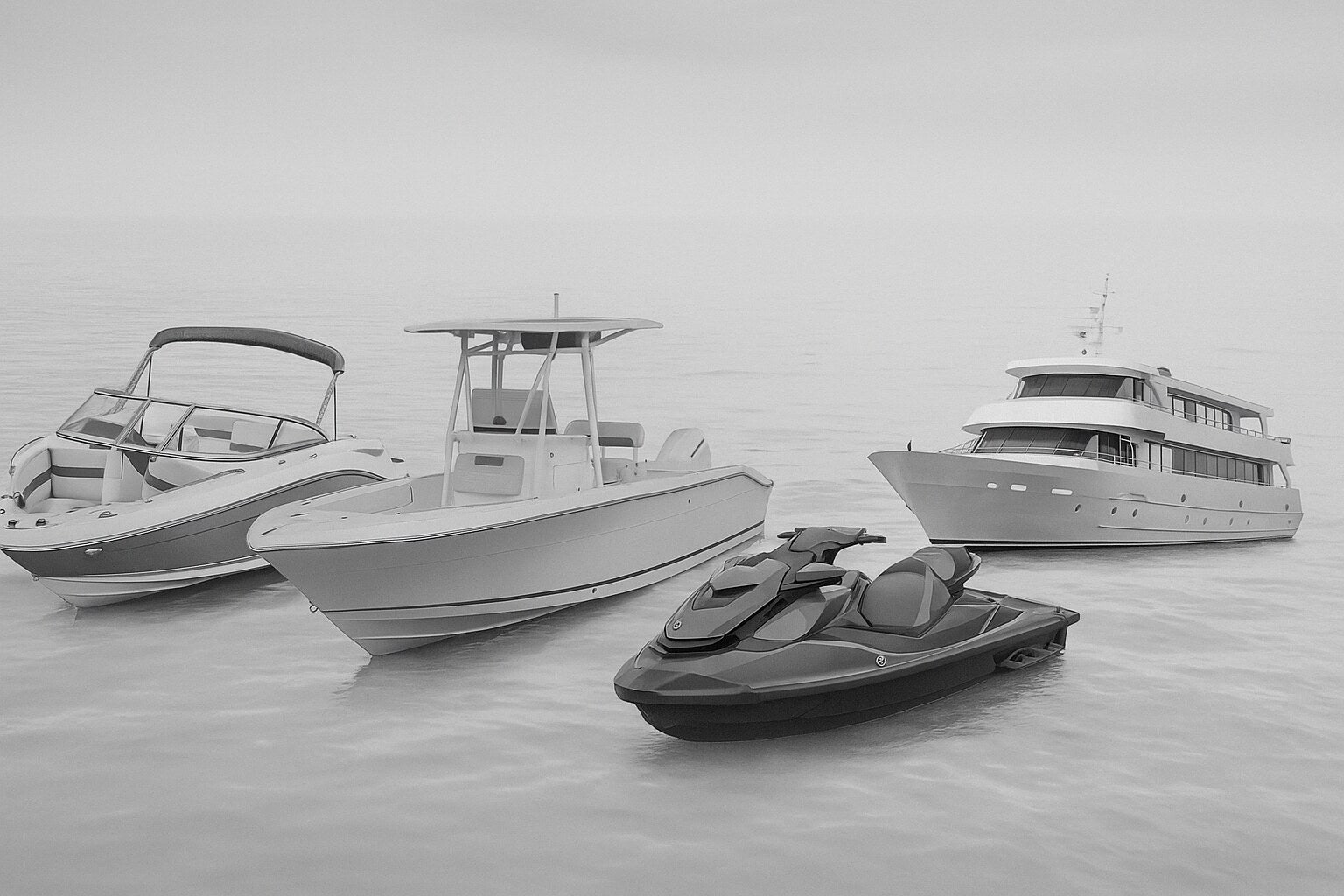
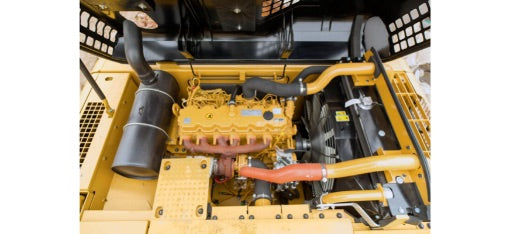
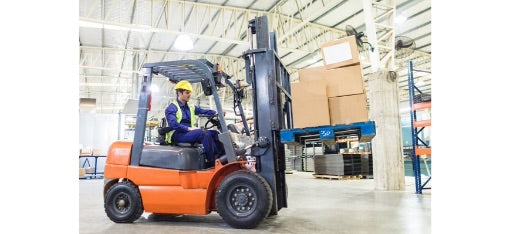
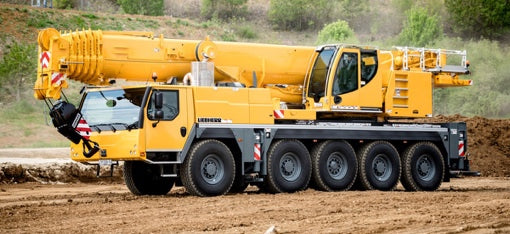
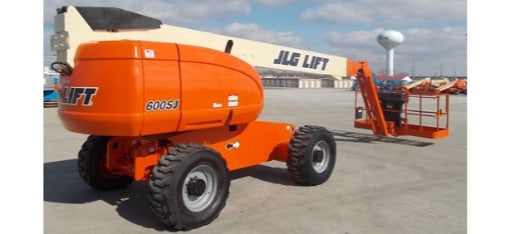
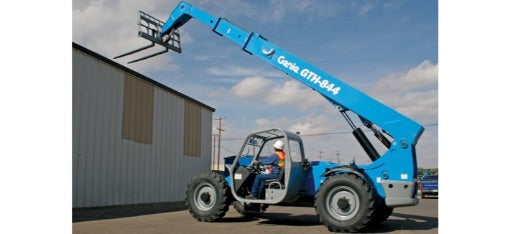

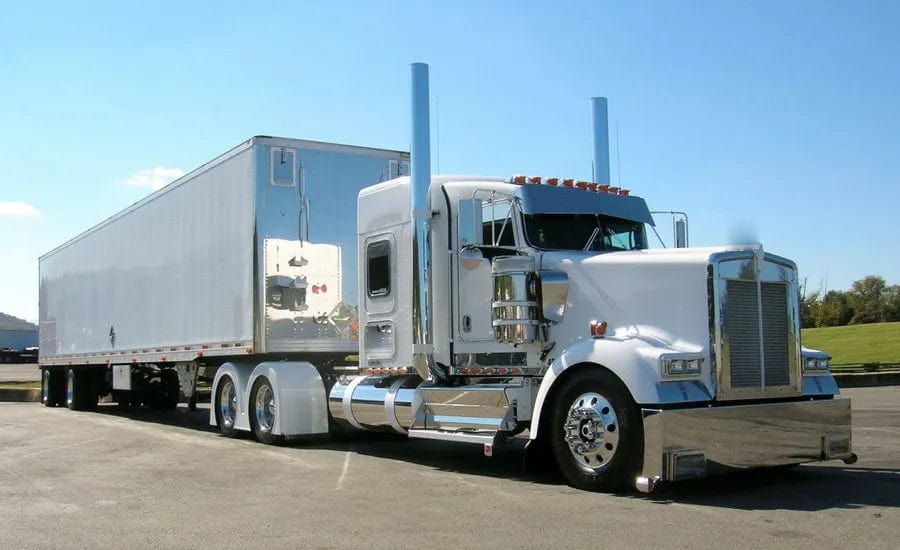


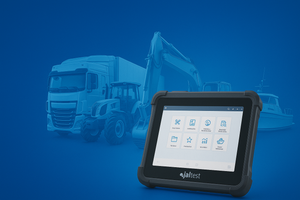








Leave a comment